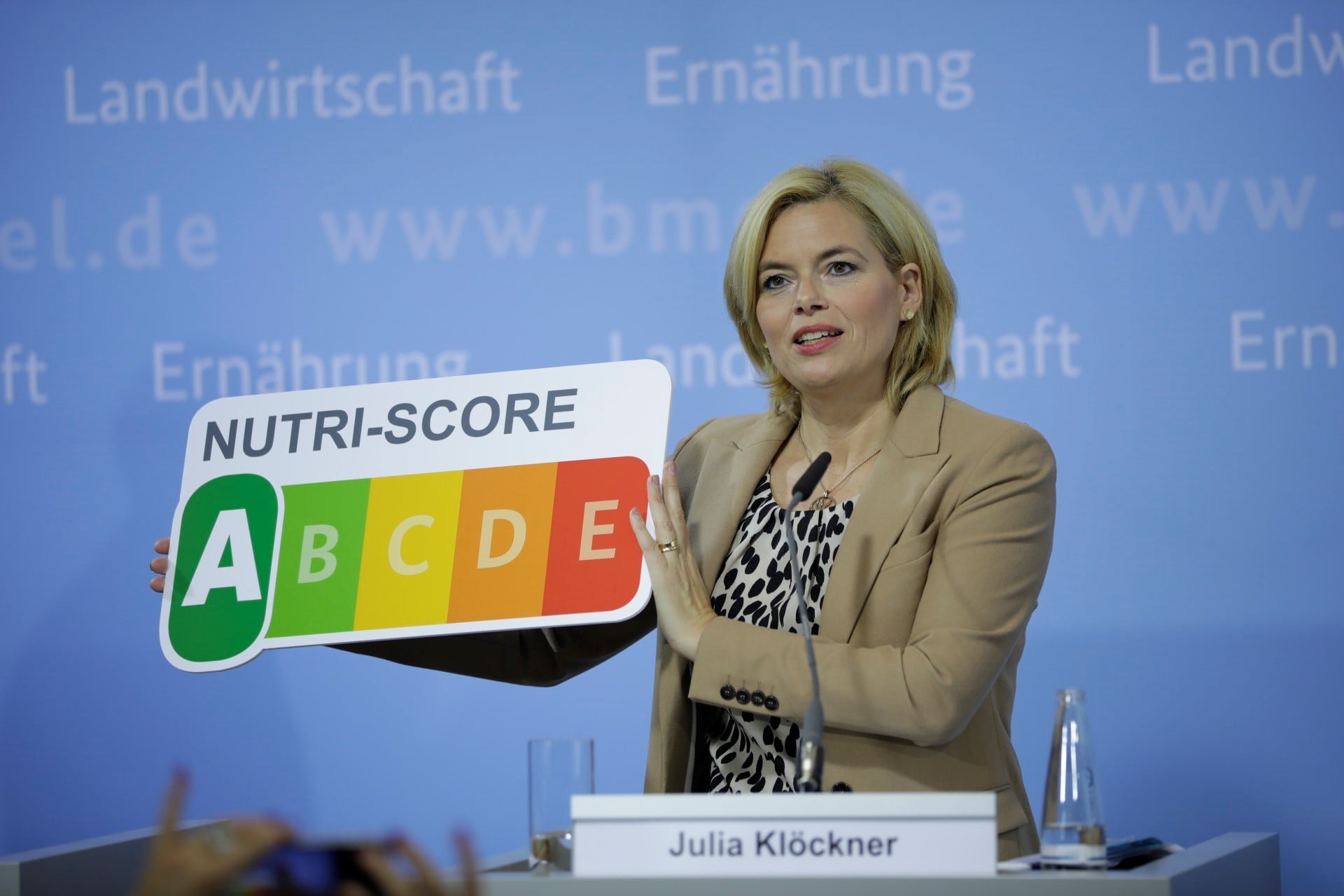The study’s authors assessed packaged foods against the marketing related nutritional standards developed by European pubic and private sector organisations.
The nutrient profile models of the private-sector EU Pledge and of the World Health Organization's Regional Office for Europe were applied to a commercial database with sales and nutritional information on 2691 pre-packaged products from five product categories. The researchers looked at breakfast cereals, ready meals, processed meat, processed seafood, and yoghurts on sale in 20 EU countries.
When using the nutrient profile backed by the EU Pledge, 48% of products included in the sample were found to miss the nutritional standards needed to market to children. When WHO Europe’s standards were applied, this figure jumped to 68%, the research revealed.
The most common reasons for this ineligibility were:
- breakfast cereals and yoghurts were too high in sugars;
- processed meat, processed seafood, and ready meals had too much salt;
- breakfast cereals did not have sufficient fibre;
- yoghurts were too high in total and saturated fat.
Beyond marketing to kids
In a statement, the EC’s science and knowledge service stressed the implications that diets too high in sugar, fat and salt have on a population-wide level.
“Eating too much saturated fat, sugar and salt and not enough fibre are key contributors to the high prevalence of chronic diseases such as obesity, heart disease, stroke, cancer and diabetes in Europe.”
Marketing of high fat, sugar and salt (HFSS) products ‘counters’ efforts from Member States promote healthy eating, the JCR noted. This ‘may lead to poor diets’, especially in children.
The EU Audiovisual Media Services Directive therefore requires Member States to foster the use of co- and self-regulation of the industry to limit children's exposure to commercials for HFSS foods and beverages.
While the study was based on the rules for marketing to children, the paper highlighted that these principles can be extended to the rest of the population.
“These results show that a large number of food products sold at scale are too high in total sugars, salt, saturated fat, and total fat, and too low in fibre based on EU-level nutrient profile model criteria. While such criteria were developed for the sole purpose of restricting food marketing and advertising to children, they can also be considered nutrition and health-minded food composition references,” the authors wrote.
‘Balanced measures’ needed for public health
In a statement, the JRC suggested that ‘balanced measures’ are needed to achieve ‘gains for public health’.
“Product innovation and reformulation of foods are key strategies to improve the nutrient balance of the food supply.”
In the context of reformulation, the JRC suggested that nutritional criteria, such as upper limits for salt, fat and sugar, can ‘serve as targets’. At EU-level, Member States and stakeholders are already working towards specific reformulation goals.
“The JRC study shows that efforts at scale are needed and repeating this analysis over the coming years could help monitor the necessary progress to achieve gains for public health.”
Source
'The ineligibility of food products from across the EU for marketing to children according to two EU-level nutrient profile models'
PlosOne
DOI: https://doi.org/10.1371/journal.pone.0213512
Authors: Stefan Storcksdieck genannt Bonsmann, Marguerite Robinson, Jan Wollgast, Sandra Caldeira




